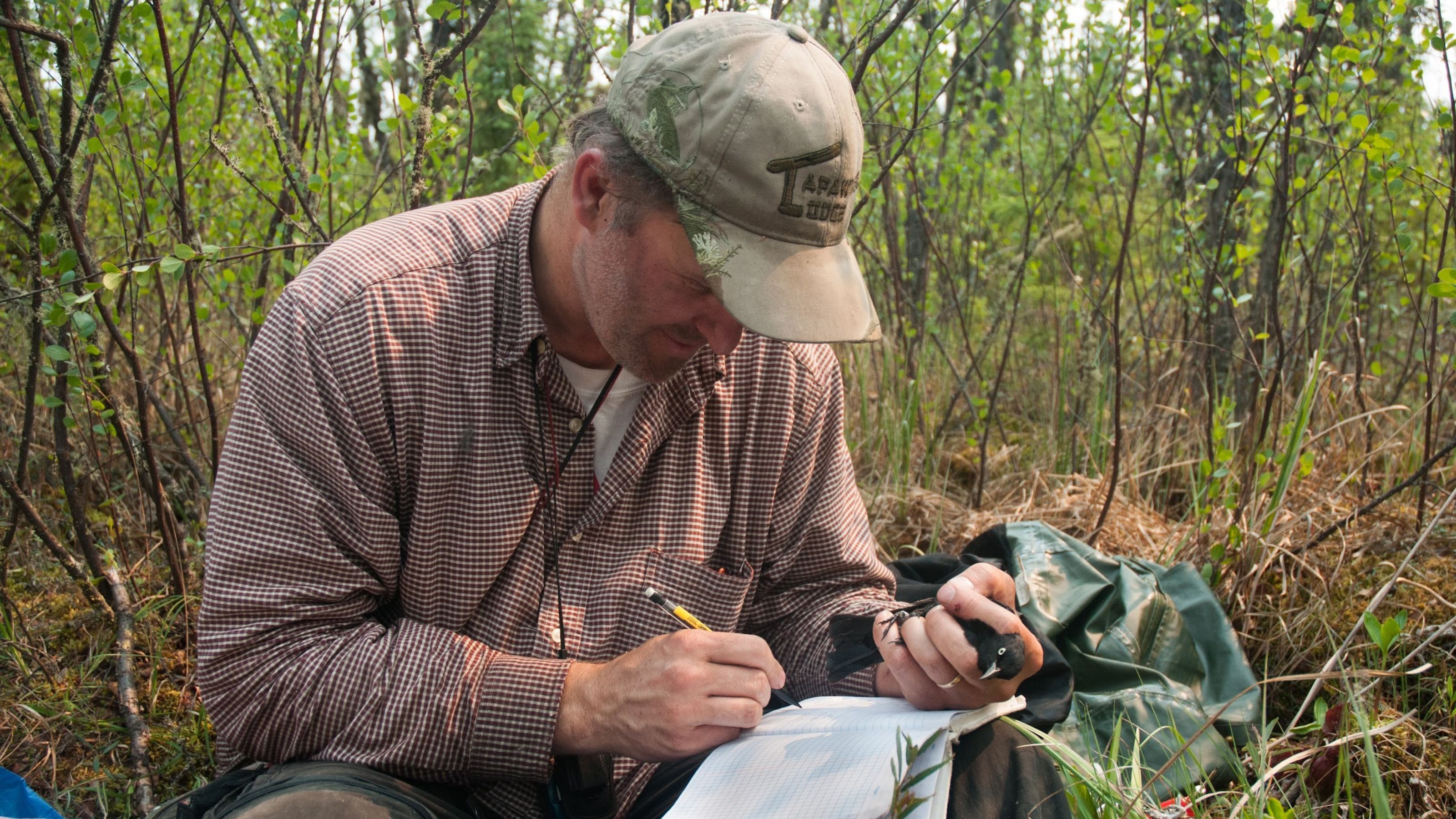Have you met Dr. Erin Bayne, professor in the Department of Biological Sciences and director of the U of A Field Research Office? Spend a few minutes getting to know him better.
What is your first U of A memory?
As a grad student at University of Saskatchewan, I was one of the only people working on forestry and wildlife conservation. I remember coming to a conference at U of A where “everybody” was working on forests and biodiversity conservation. The environment was exhilarating and the “big integrated thinking” was something I remember distinctly. A lot of the U of A grad students from those times in the late 1990s became my colleagues.
What’s something your coworkers don’t know about you?
I am a bit of an introvert and need my alone time.
What’s your favourite distraction?
Downhill and cross-country skiing.
If you were enrolling in one course, program or degree right now, what would it be?
Computing science with an emphasis on math.
What’s a weird pet peeve you have?
Ketchup on Kraft Dinner is wrong.
You can invite anyone — alive or dead, real or fictional — to dinner. Who would it be?
Aldo Leopold, Ecologist.
If you could see any live performance tomorrow, what would it be?
Pearl Jam — with ear plugs because I am getting old!
What advice would you give your 18-year-old self?
Remember to find time for yourself. Being busy and working hard is rewarding but not everything.
What’s one thing you can’t live without?
Time in the woods alone.
What three words describe your U of A experience?
Supportive, think big, busy.

About Erin
Dr. Erin Bayne is the director of the U of A Field Research Office and a professor in the Department of Biological Sciences, where he focuses on understanding how human activities influence biodiversity. He uses bioacoustics (sound) as his primary tool to collect data. This involves using digital recording, machine learning, and his own ears to document the diversity of sounds. He enjoys working with students at all levels, in both the lab and in the field, to train the next generation of conservation professionals.
